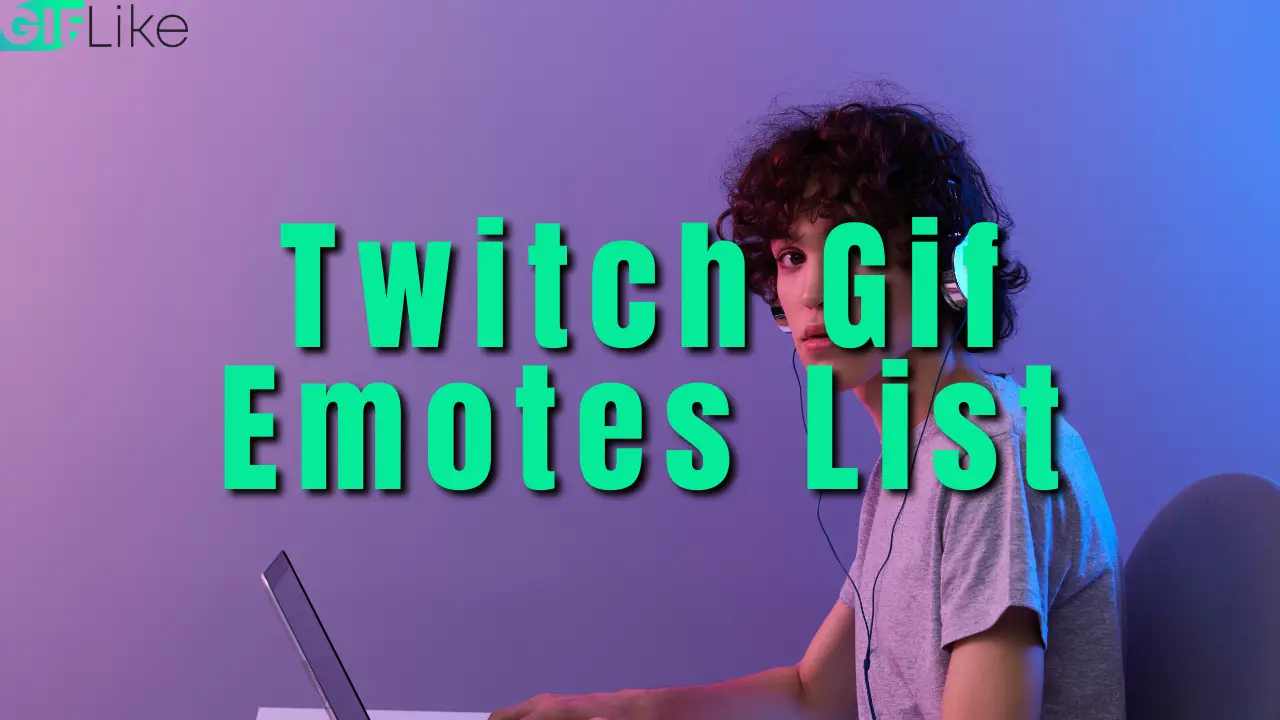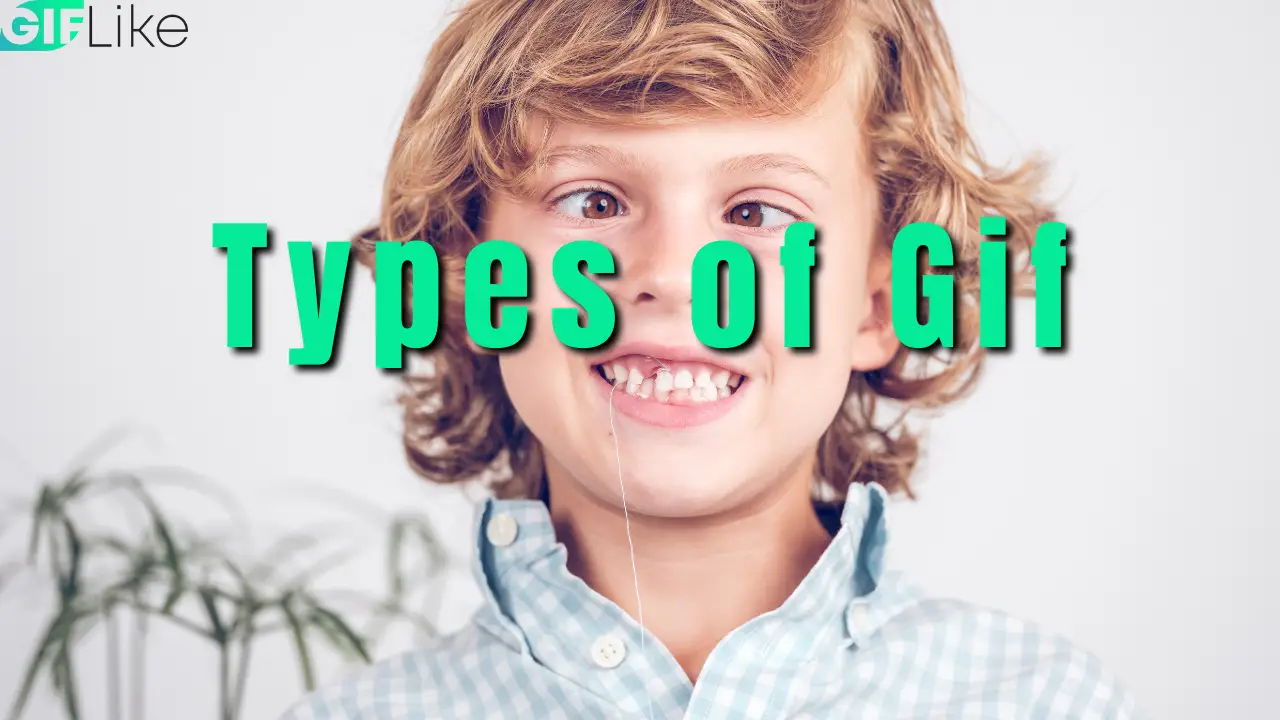I love this tool for creating amazing gifs on the fly. Check it out here
The digital world is now filled with so many wonderful things, such as cat pictures, animated GIFs, and videos. Although these are all very different formats for sharing content online, the competition between these three has been quite fierce, to say the least.
This article focuses on the war between animated GIFs vs video. Which of these two competing file formats is better suited for your individual needs? Keep reading to find out.

Video vs GIF
Video, in general, is the most comprehensive type of content that you can use to build a strong connection with your audience.
It’s also great at providing a detailed overview of anything that you’re trying to promote. A video usually consists of two parts: the audio and the visual. The audio can be anything from speech to music. The visual can be anything from images to animations.
Since a video can cover both audio and visual aspects of your message, it can be extremely versatile. You can use a video for almost any topic and use it for almost any purpose, whether that’s for entertainment and education, business, or personal reasons.
Just as you’ve probably guessed from the name, a GIF is an animated image. If you’ve ever seen an image on the internet that’s moving, there is a good chance that it was a GIF. GIFs are very popular on social media, and they are generally used to express a feeling or to make a point.
They are also used to add a bit of humor to your posts. GIFs can be used in place of images or videos, but they can’t be used as a substitute for text. Why Gif Is Better than Video?
The main advantage of an animated GIF over a video is that it loads much faster. This is very important on social media, where people often have quick attention spans. Long videos might lose their viewers’ interest, but GIFs can be understood and appreciated in just a few seconds.
GIFs are usually much smaller in file size than videos, which makes them great for sharing on social media. GIFs can easily be resized, so you don’t have to worry about sizing them incorrectly if you’re sharing them on a social media platform. GIFs don’t require sound, so you don’t have to worry about matching the audio with the visuals if you’re creating a GIF.
When Should You Use a Gif?
A GIF is best suited for visual content. If you want to share something that is more focused on the visuals, such as an interesting scene in a movie or a beautiful piece of art, a GIF can be a great choice. If you want to share something that is mainly about emotions or feelings, such as a meme, a GIF can be a great choice.
If you want to make your post more fun and humorous, a GIF can be a great choice. If you want to draw attention to something specific in your post, such as a chart or chart, a GIF can be a great choice. A GIF is a great option for static visuals, such as graphs or charts.
When Should You Use Video?
A video is best suited for anything that you would normally write in a long post but would rather show than tell. This can include tutorials, product reviews, or discussions. You can also use a video as an introduction or welcome message for your social media accounts if you don’t have time to create written content for all of your posts.
If you want to show something, rather than write about it, a video can be a great choice. If you want to share your own thoughts and ideas in a more in-depth manner, a video can be a great choice. If you want to engage with your followers on a deeper level by showing your human side, a video can be a great choice.
If you want to show your followers something rather than tell them about it, a video can be a great choice. If you want to draw attention to something specific in your post, such as a chart or graph, a video can be a great choice.
3 Tips to Create Great Video Content
– Have a plan – Before you even begin to think about the logistics of creating your video, you should have a plan in mind. You should have an idea of what you want to talk about and how you want to present your ideas. This will make it easier for you to stay focused and on track and will make your video more informative and impactful overall.
– Keep it Short – People’s attention spans are short. You don’t want them to lose interest in what you have to say, so make sure that your video is short enough to keep their attention. 10 to 15 minutes is usually a good length for most videos unless you’re talking about something in-depth.
– Keep it Simple – You don’t want to distract your viewers with too many things at once. Your video should have one central focus (the topic you’re discussing) and nothing else.
3 Tips to Create Great Animated Gif Content
– Use high-quality images – Since an animated GIF is an image, you want to make sure that your image is high-quality. If you use a low-quality image, it might look blurry or pixelated in your GIF, which will damage your overall message.
– Use consistent timing – You want your GIF to loop seamlessly so that it doesn’t break the flow of your video. One way to do this is to use consistent timing and make sure that every single frame of your GIF lasts the same amount of time.
– Use color wisely – You want your GIF to be as visually appealing as possible, but you also want it to match the rest of your content. One way to do this is to use color wisely, using different colors for different things.
Conclusion
As you can see, the debate between video and GIF is an interesting one. Although the two are very different formats, they can both be used successfully to promote content. GIFs are often quicker and easier to produce than videos, making them a great choice for marketers who need to post frequently.
Video, on the other hand, provides a richer experience for the viewer, making it a better choice for long-form content. The choice is ultimately up to you. You can choose which format best suits your needs and will help you achieve your goals.






